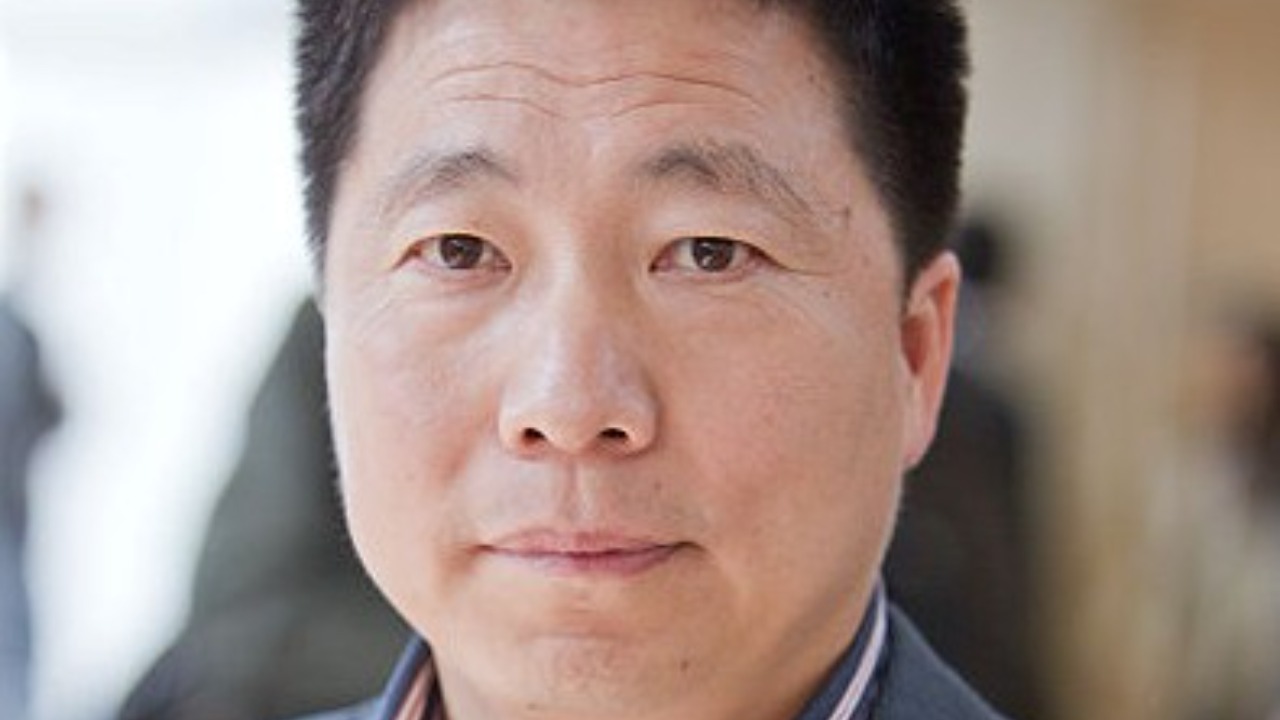
In 2003, Yang Liwei, China’s first astronaut, reported hearing a mysterious “knock” while in space, a sound that seemed to come from outside the spacecraft, puzzling experts and scientists to this day. Despite various investigations and theories, the origin of the sound remains unexplained, leaving the scientific community intrigued and seeking answers. This enigma continues to captivate both the public and the scientific world, as efforts to understand the phenomenon persist.
The Mysterious Event in Space
During his historic Shenzhou 5 mission, Yang Liwei encountered an inexplicable event that has since become a subject of intrigue and speculation. As he orbited Earth, Yang reported hearing a “knock” that seemed to originate from outside the spacecraft, akin to the sound of someone hitting the body of the craft. This auditory anomaly was not only unexpected but also unsettling, given the isolation and silence typically associated with space travel. Yang’s description of the sound, as if someone were knocking on the spacecraft’s hull, added a layer of mystery to his mission [source].
The occurrences of this sound were not isolated to a single instance. Yang reported that the “knock” happened intermittently during his mission, adding to the perplexity of the situation. The frequency and timing of these sounds have been documented, yet they remain without a definitive explanation. This mysterious event has been a topic of discussion and analysis, as it challenges the understanding of what astronauts might encounter in the vastness of space [source].
Scientific Investigations and Theories
In the years following Yang’s mission, Chinese scientists have undertaken numerous efforts to replicate the sound on Earth and in controlled environments. Despite these attempts, a plausible explanation has eluded researchers. Theories have been proposed, ranging from thermal expansion and contraction of the spacecraft to potential impacts from space debris. However, these theories have been largely dismissed, as they fail to account for the specific characteristics of the sound as described by Yang [source].
The ongoing curiosity surrounding this incident has spurred continuous research and discussion within the scientific community. As one of space exploration’s enduring mysteries, the “knock” heard by Yang Liwei remains a topic of fascination and inquiry. Scientists continue to explore various possibilities, hoping to uncover the truth behind this enigmatic sound [source].
Impact on Space Exploration and Astronaut Training
The mysterious “knock” has had a significant impact on how space agencies approach astronaut training and mission preparedness. Recognizing the potential for unexpected auditory phenomena, training programs now incorporate scenarios that prepare astronauts for such experiences. This shift underscores the importance of psychological preparedness in space missions, ensuring that astronauts are equipped to handle unexplained events without compromising their mission objectives [source].
Yang Liwei’s experience has also influenced subsequent Chinese space missions and astronaut protocols. By acknowledging the possibility of encountering unexplained phenomena, space agencies aim to enhance the resilience and adaptability of their astronauts. This proactive approach reflects the lessons learned from Yang’s mission and highlights the evolving nature of space exploration [source].
In addition to psychological preparedness, the mysterious “knock” has prompted space agencies to invest in advanced monitoring technologies. These technologies aim to capture and analyze any unusual sounds or vibrations experienced during missions, providing valuable data that could help identify their sources. By enhancing the sensory equipment on spacecraft, agencies hope to better understand the environmental conditions astronauts face, potentially leading to improved safety measures and mission protocols [source].
Furthermore, the incident has sparked interest in international collaborations to study unexplained phenomena in space. By sharing data and insights, space-faring nations can collectively address the challenges posed by such mysteries. This collaborative approach not only fosters a spirit of global cooperation but also accelerates the development of innovative solutions to enhance the safety and success of future space missions. The “knock” heard by Yang Liwei serves as a catalyst for these efforts, highlighting the importance of preparedness and adaptability in the ever-evolving field of space exploration [source].
Cultural and Public Reactions
The story of the mysterious “knock” has captured the public’s imagination, leading to widespread media coverage and speculation. This fascination has given rise to various conspiracy theories and discussions about the potential for extraterrestrial life. The incident has become a cultural touchstone, influencing how people perceive the possibilities of space exploration and the unknown [source].
Over the years, Yang Liwei has shared his reflections on the experience, offering insights into how it has shaped his perspective on space travel. His public statements have contributed to the ongoing dialogue about the incident, reinforcing its significance in the annals of space exploration. As the story continues to resonate with audiences worldwide, it serves as a reminder of the mysteries that await humanity beyond our planet [source].